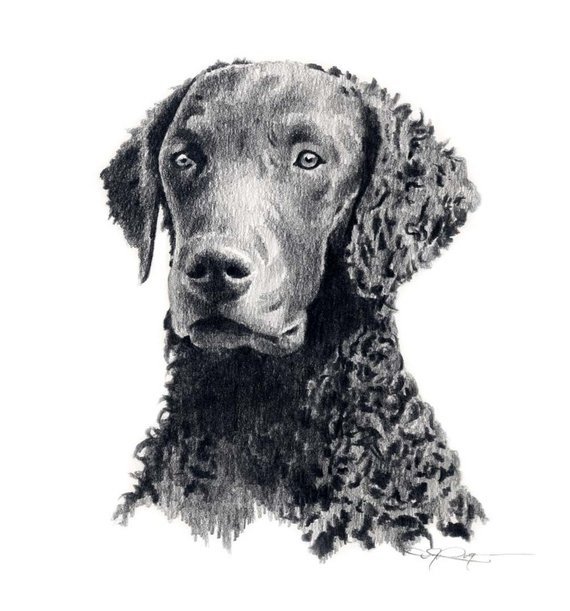
We’re going to mention some breeds to you along with how their breed standards describe these breeds in the “cheek department.” See if you can figure out why these breeds’ cheeks are described as they are in their standards, and be happy that we limited ourselves to the terrier and sporting breeds!
Ready?
The American Hairless Terrier has well-muscled cheeks; conversely, a Manchester Terrier should have no visible cheek muscles, and an English Setter should have cheeks that also present a smooth appearance.
A Curly-Coated Retriever shouldn’t be “cheeky,” but a Russell Terrier’s cheek muscles are well developed, as they are in American Staffordshire Terrier which should have very pronounced cheek muscles.
An Irish Terrier can’t be too full in the cheek. In fact, its standard adds that excessive muscular development of the cheeks is objectionable. In that regard, both the Flat-Coated Retriever (which should be free from exaggeration of stop or cheek) and the Labrador Retriever (which should be free from fleshy cheeks) are similar.
A Border Terrier has cheeks that are only slightly full, and a Smooth Fox Terrier has cheeks that must not be full at all.
The Cocker Spaniel should have no prominence in the cheeks, and the the Lakeland Terrier’s cheeks, too, should be flat and as smooth as possible. Joining the “flat cheeks” crowd is the English Springer Spaniel.
Just when you thought you caught a common thread, did a breed come along that threw you off? Did you figure out why these breed standards mention the word at all?
It comes down to a dog’s job.
Dogs that kill prey by snapping it, or by snapping its neck, have poorly developed masseter muscles, or what some fanciers call a lack of “cheekiness.” That muscle is used to close and raise the jaw. The Manchester Terrier – a prodigious rat killer – is a fine example of this, and the authors of its breed standard knew this when they wrote that this breed should have no visible cheek muscles.
What about the Staffordshire Terrier, you may ask. Doesn’t this breed also dispatch vermin? It does, but using a different method. Breeds that hold on to and bite prey (like the Staffie), necessarily have well developed masseter muscles because sometimes, the prey is half their own size, and these dogs need jaw strength to prevail. A dog with well developed cheek muscles is often described as “cheeky.”
Overly strong masseter muscles are also not an asset to a sporting dog that retrieves fowl. Few dinner guests will appreciate a breast of duck that appears on their plate with teeth marks in it, and thus, a “soft mouth” is appreciated in several retrieving breeds.
Form follows function!
Image: Curly Coated Retriever by DJ Rogers – k9artgallery
http://dogprintsgallery.com
www.etsy.com/shop/k9artgallery
